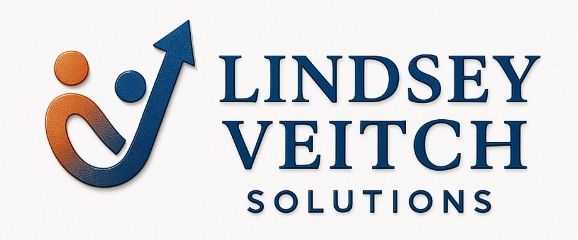Comparing Proactive Account Management and Reactive Customer Service
Understanding Proactive Account Management
Proactive account management is a strategic approach that anticipates the needs and concerns of customers before they arise. This method involves actively engaging with clients to understand their evolving requirements, ensuring that their expectations are consistently met through tailored solutions. By taking initiative, businesses can build stronger relationships, resulting in increased customer loyalty and long-term success.
One of the primary advantages of proactive account management is its ability to identify potential issues before they become significant problems. This foresight helps in maintaining customer satisfaction and can lead to opportunities for upselling and cross-selling. Proactive account managers often conduct regular check-ins and feedback sessions with clients, using these interactions to refine service offerings continuously.

The Nature of Reactive Customer Service
In contrast, reactive customer service involves responding to customer inquiries and issues as they arise. While this approach is essential for addressing immediate concerns, it often lacks the strategic foresight that proactive management offers. Reactive service tends to focus on problem-solving rather than prevention, which can lead to a cycle of addressing the same issues repeatedly.
Reactive customer service relies heavily on efficient communication channels and quick response times. Companies that excel in this area often have robust support systems in place, including call centers, live chat options, and comprehensive FAQs. However, without a proactive element, these efforts may not significantly improve overall customer satisfaction or retention rates.

Comparing the Two Approaches
While both proactive account management and reactive customer service play crucial roles in customer relations, they offer different benefits. Proactive management is about building strong, long-term relationships by anticipating and meeting future needs. Reactive service, however, focuses on resolving current issues and maintaining customer satisfaction in the present moment.
Businesses must evaluate their customer base and industry dynamics to determine the best approach. In fast-paced industries where rapid change is the norm, proactive strategies may provide a competitive edge. On the other hand, businesses with straightforward offerings might find that efficient reactive service suffices in maintaining customer satisfaction.

Integrating Proactive and Reactive Strategies
An effective customer relationship management strategy often involves a blend of both proactive and reactive approaches. By integrating these strategies, businesses can ensure they are not only addressing current issues but also preparing for future challenges. This integration can lead to a more holistic understanding of customer needs and improved service delivery.
For instance, companies can implement proactive measures such as personalized communication and regular feedback loops while maintaining a responsive support system for immediate concerns. This dual approach not only enhances customer satisfaction but also fosters a culture of continuous improvement within the organization.
The Role of Technology
Technology plays a significant role in enabling both proactive account management and reactive customer service. Advanced CRM systems allow businesses to track customer interactions, predict future needs, and automate routine tasks. These tools can help companies transition smoothly between proactive and reactive strategies, ensuring comprehensive support for their clients.
Moreover, data analytics can provide insights into customer behavior and preferences, allowing businesses to tailor their services more effectively. By leveraging technology, companies can enhance their customer engagement strategies and achieve a balance between proactive and reactive approaches.

Conclusion
In conclusion, proactive account management and reactive customer service are both vital components of a successful customer relations strategy. Each approach has its strengths and limitations, but when used together, they can provide a comprehensive solution that meets both current and future customer needs. Businesses that master the art of balancing these strategies are likely to see improved customer satisfaction, loyalty, and ultimately, success in their respective markets.
